
Patios, Walkways & Driveways
We unite suppliers and green industry professionals worldwide
Acorn squash is one of the favourites of the winter squashes, as it’s easy to grow and has a wonderful, sweet, nutty taste.
By Victor Miller
|Published on September 05, 2025
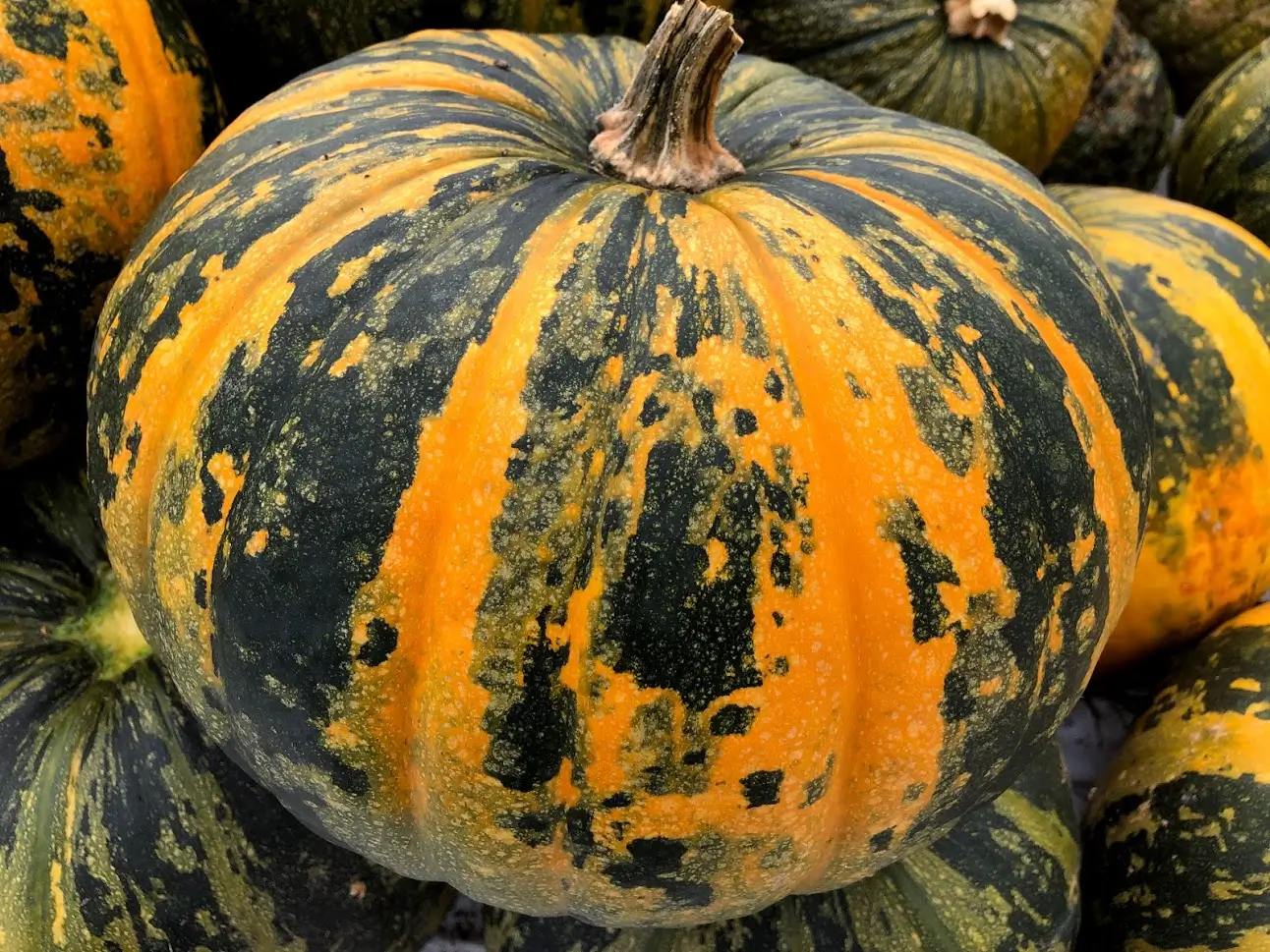

Acorn squash is one of the favourites of the winter squashes, as it’s easy to grow and has a wonderful, sweet, nutty taste. It has dark green ridged skin, and commonly becomes deep golden orange with maturity, and has moist, golden-orange flesh. Grow acorn squash from seeds is easy and rewarding to grow acorn squash from seed if you provide the right conditions. This article is going to explain everything you need to know, from how to plant your own to how to harvest it all.
| Scientific Name | Cucurbita pepo (Acorn Squash variety) |
| Common Names | Acorn Squash, Des Moines Squash |
| Family | Cucurbitaceae |
| Kingdom | Plantae |
| Order | Cucurbitales |
| Family | Cucurbitaceae |
| Genus | Cucurbita |
| Species | C. pepo |
| Cultivar | Acorn Squash |
| Life Cycle | Annual |
| Color | Dark green or variegated skin with orange flesh |
| Plant Height | 12–24 inches |
| Plant Spread | Up to 6 feet wide |
| Growth Habit | Sprawling vine or semi-bush |
| Bloom Season | Summer |

September 18, 2025
10 minute read
September 17, 2025
9 minute read
September 17, 2025
20 minute read
September 17, 2025
20 minute read


Join as a seller and connect with thousands of B2B buyers nationwide!
Sign Up
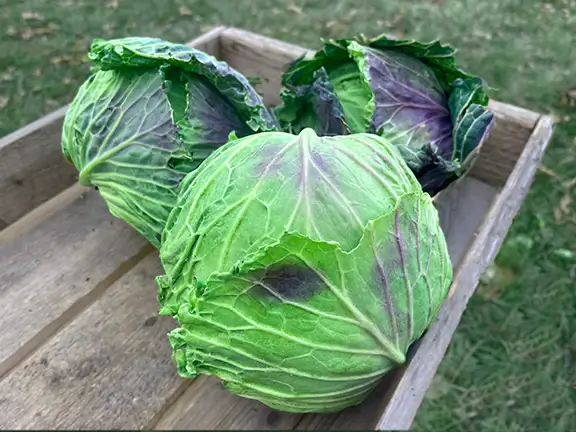
January King Cabbage
January King cabbage is one of the winter vegetables with stunning tastes and wonderful cooking uses in the kitchen.

Cabbage Napa
Also known as the Chinese cabbage, Cabbage Napa is a long leafy vegetable which is also tender and trending centuries back to Asian cooking. These pale green leaves and crisp white stalks provide a mild, delicate sweetness that is delicious both in its ra
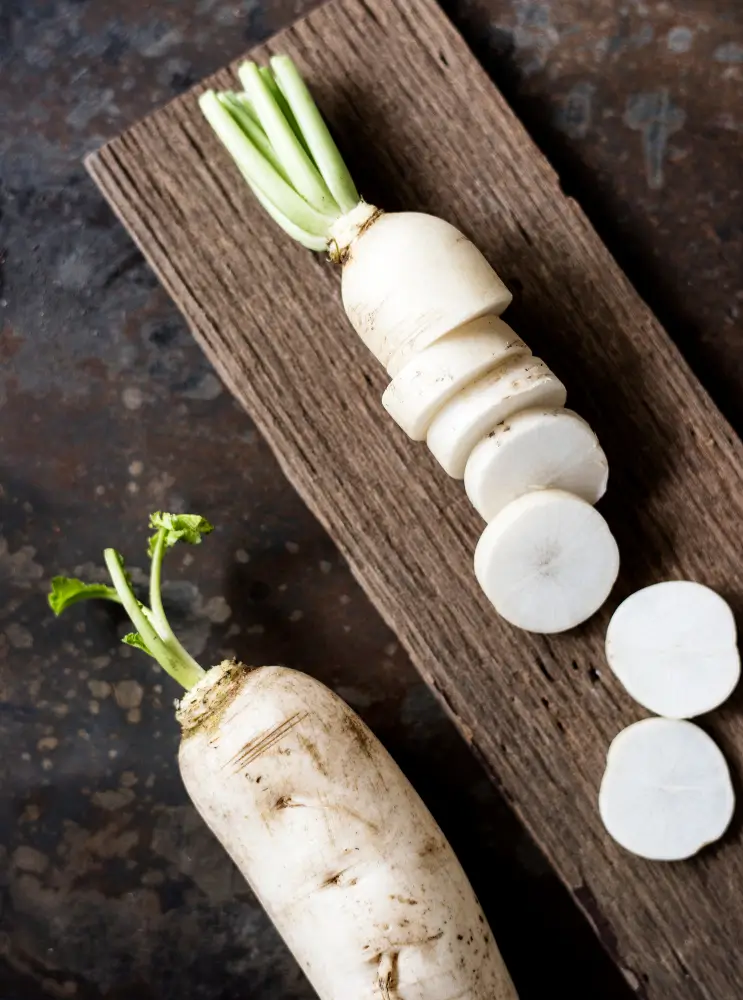
Daikon Radish
Daikon radish is a large white root vegetable used in a lot of Asian dishes. It has a subtle flavor; it is somewhat sweet and slightly peppery. This is one of the veggies that tastes sweet and crispy, juicy, and refreshing raw or cooked.
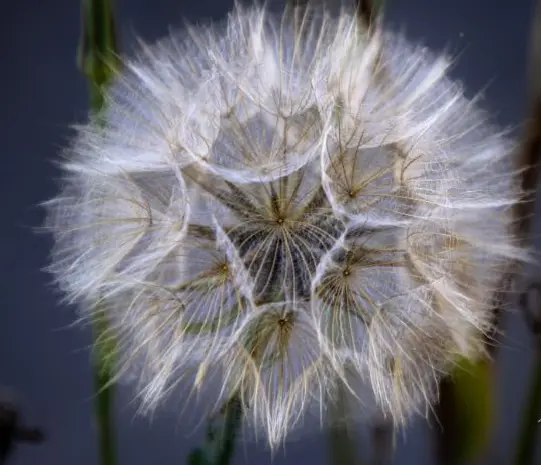
Dandelion Mammoth
The Dandelion Mammoth is the larger and stronger version of the common dandelion. It is liked by gardeners, herbalists, and farmers. The plant is loved by people because of its size and useful qualities. It is a perennial herb that would do well in most c
Acorn squash is also in the species Cucurbita pepo, which encompasses pumpkins and zucchini. It is so-called because of its small size, and acorn-like shape. Acorn squash is native of North and Central America, it has long been cultivated for several hundreds of years and appears in vegetable gardens scattered all over countries.
These seeds produce vigorous vines that yield 3-5 squash per plant. The fruit keeps well and is produces high quality taste for roasting, stuffing and baking when harvested at optimal times.
The acorn squash is often referred to as an vigorous and prolific plant. It thrives in most backyard gardens and yields tasty fruit without a lot of fuss.
Stores well after harves
Acorn squash is a wonderful food and decoration plant. It has a rich, earthy taste and keeps for months, making it an ideal cold-weather vegetable. Farmers appreciate it for its good yields, and home gardeners appreciate its beauty and its easy care. Whether you grow for fun, food or market, acorn squash serves many purposes.
Fall displays and recipe
Good conditions are necessary to grow healthy acorn squash. This plant requires warm weather, strong sunshine, and soil of high quality. With regular care, it will grow strongly and yield delicious fruit.
But even though acorn squash is hardy and grows easily, it does have some hurdles. Arming yourself with the knowledge of what pests and diseases to expect can help you keep your plants in top form.
Watch for: Poor fruit set if pollinators are low
It’s easy to plant acorn squash seeds when you know what to do. These seeds do best in warm soil, and require room to expand.
Hardiness Zones: USDA Zones 3–10
The seeds are medium-sized on an acorn squash and very manageable. They, in appearance, are pale, clean and are easy to plant and keep.
Seed Coat: Medium thick
Getting acorn squash seeds to sprout is not hard. With the right warmth and moisture, they grow fast and strong.
Pre-Germination Treatment: Not necessary
Acorn squash seeds remain viable for several years if kept properly. They sprout fagt with a high germination rate and grow up to strong, healthy plants.
Testing: Standard germination test or accelerated aging test
Planting acorn squash from seed is a simple and enjoyable way to grow your own food. The developers plant the seeds directly into the ground after the final frost date. These seeds germinate quickly in warm soil. Give them space, sun, and regular water, and a few months later you’ll have robust plants hanging with delicious squash.
Transplanting: Not common - sow directly in final location
Acorn squash, like other garden vegetables, can be threatened by pests and disease. There are two main pests: squash bugs and powdery mildew. Insects might chew on leaves and vines, and diseases similarly slow growth. But with good care, clean soil and crop rotation, you can largely avoid them. Pollination means bringing in marketable fruit too.
Common Issues:
Prevention Tips:
Plant flowers nearby to attract pollinators
If you are wondering how to store acorn squash seeds, then the answer is – they need to be stored properly. Cool and low humidity are essential. Store them in airtight containers to keep air and moisture at bay. With care, these seeds will remain viable for several seasons.
Shelf Life: 4 to 6 years if stored wel
Acorn squash is easy and fun to grow. Its seeds germinate readily and grow rapidly to the full leafy size. Two to three months from now, you’ll be getting a few squashes from each plant. They are ready to pick when the skin is firm and has darkened to a deep green or orange.
When you have harvested the squash, keep it in a cool, dry place. They may continue for months. And naturally, that makes them perfect for fall feasting, storing supplies for winter, and shining decorations for the holidays.
Acorn squash is an ideal squash for anyone new to or familiar with gardening. It’s easy to grow and tastes fantastic, to boot.
Acorn squash seeds are a great choice for any gardener. They have just sunshine, water, and good soil, and they turn into vegetable plants loaded with tasty squash. This fruit stores nicely and is easy to prepare. Sow acorn squash from its planting to its eating, growing this edible truly is a pleasure.
If the soil is warm and moist, you should see shoots in five to 10 days.
Yes, but I would wait to put them outside until after the last frost.
The skin is firm and dark green. The stem will look dry.
Not usually. Bees and other bugs do. But if you have a dearth of bees visiting your flowers, you can experiment with hand-pollinating by gently moving pollen from one bloom to another using a small brush.

Patios, Walkways & Driveways
Victor Miller

Pest Identification & Prevention
Victor Miller
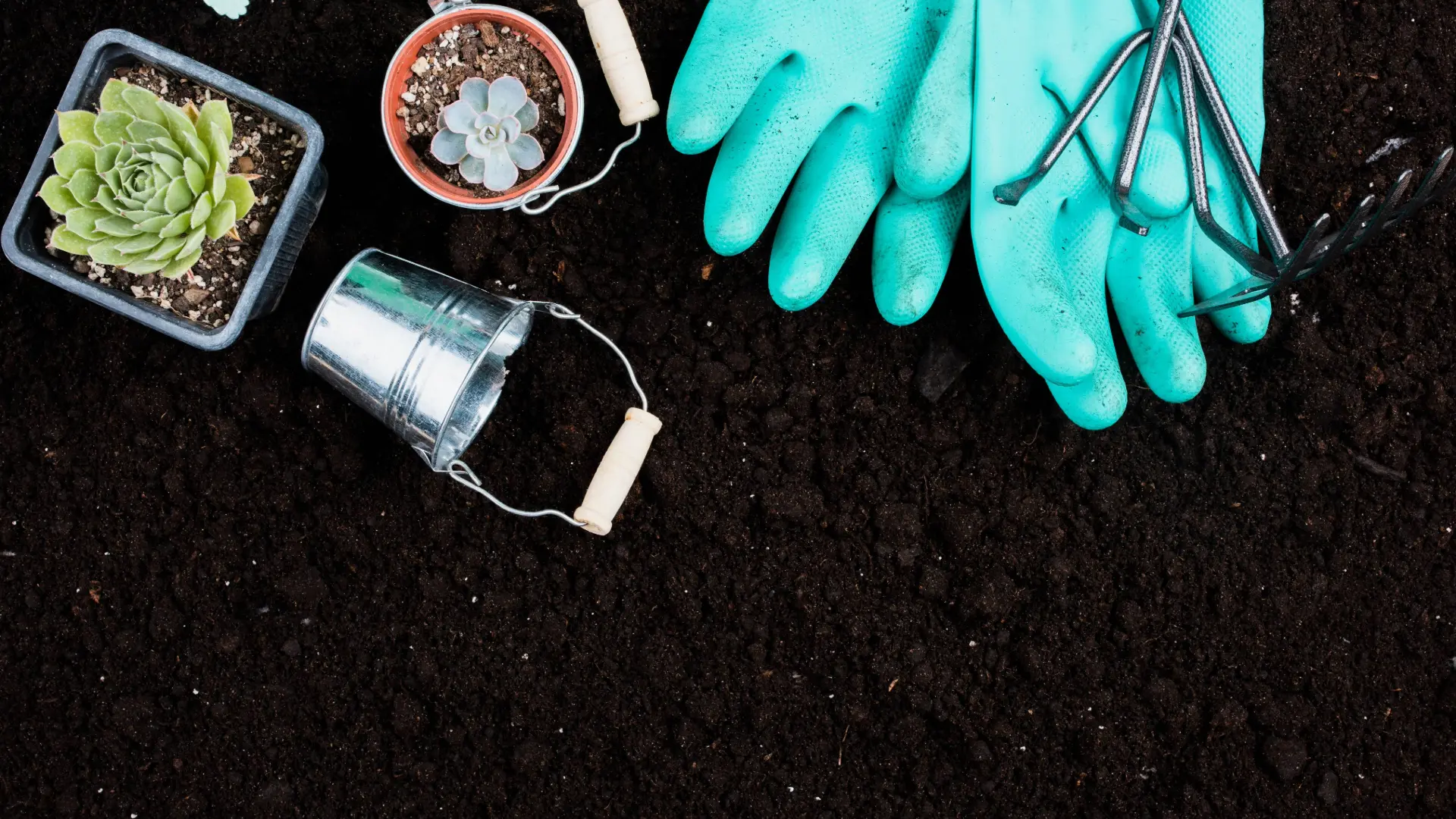
Soil Health & Fertilization
Gina Lazaarus
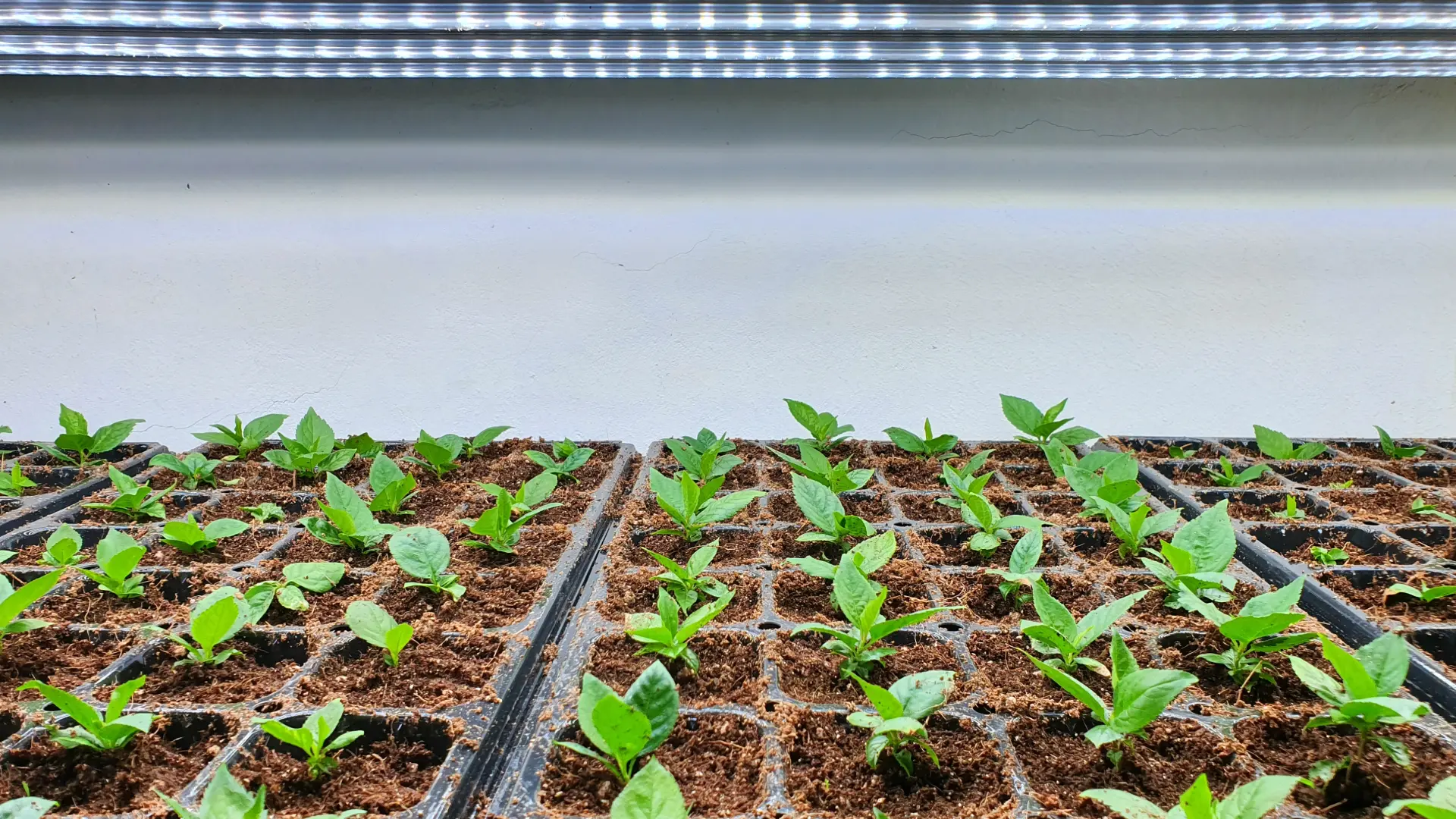
Lighting & Technique
Gina Lazaarus
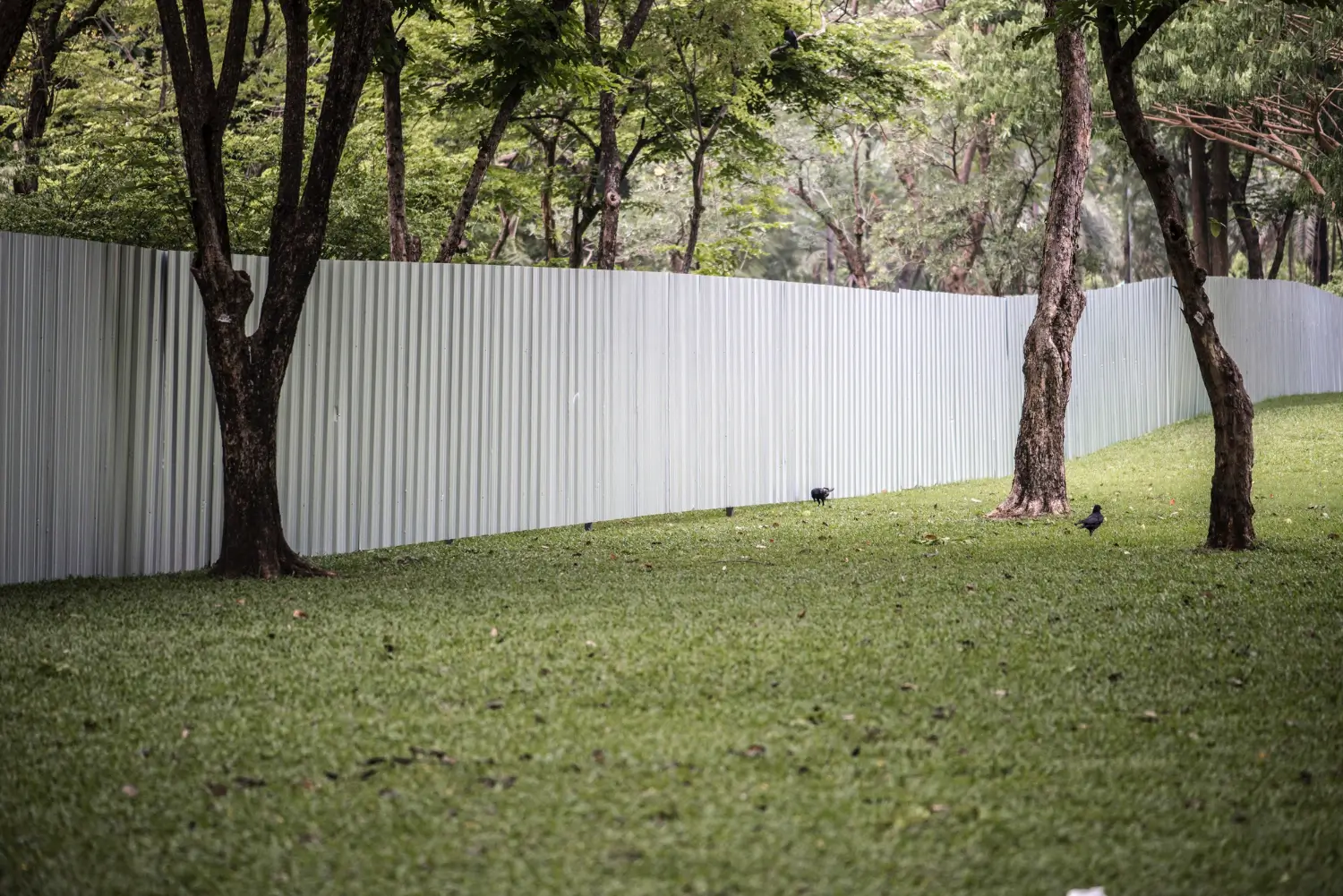
Construction Tips & Techniques
Victor Miller

Maintenance & Equipment Tips
Victor Miller

Soil Health & Fertilization
Victor Miller

Organic Gardening
Gina Lazaarus
My Account
Our team is always here to help.
We are open Monday - Friday, 9:00 AM to 4:30 PM PST.